Seasoning is the backbone of great cooking, but even small errors can derail a dish’s flavor. Knowing how to season properly ensures your meals are balanced and delicious. Here are 10 common seasoning mistakes to avoid for perfectly seasoned dishes every time.
1. Adding Salt Too Early

Salt enhances flavor, but adding it too early during cooking can backfire. As liquids reduce, the salt becomes concentrated, leading to an overly salty dish. This is especially true for soups, stews, and sauces. Always season lightly at the beginning and adjust the salt level at the end for the best balance.
2. Using Stale Spices
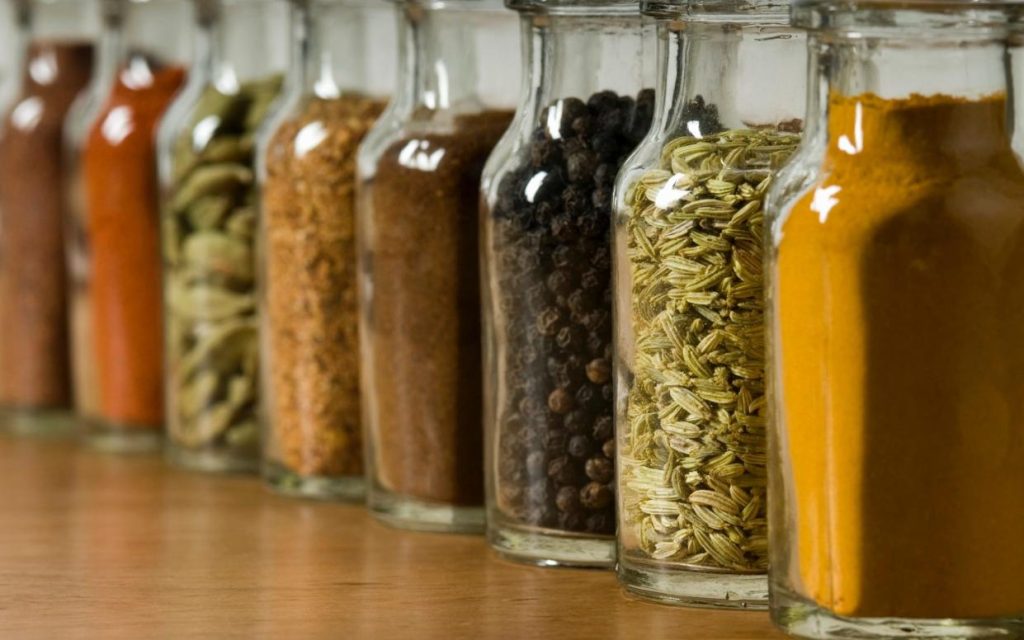
Spices lose their potency over time, and using stale ones can make your food taste dull. Whole spices retain their flavor longer than ground ones, but even they have a shelf life. Store your spices in airtight containers away from heat and light, and replace them every six months to a year. Fresh spices make a noticeable difference in the aroma and taste of your dishes.
3. Overloading with Spices

It’s tempting to go overboard with spices, but too many competing flavors can overwhelm your dish. Start with small amounts and taste as you go. Spices should complement, not overshadow, the natural flavors of your ingredients. A balanced hand creates a harmonious dish that’s pleasing to the palate.
4. Forgetting to Toast Spices
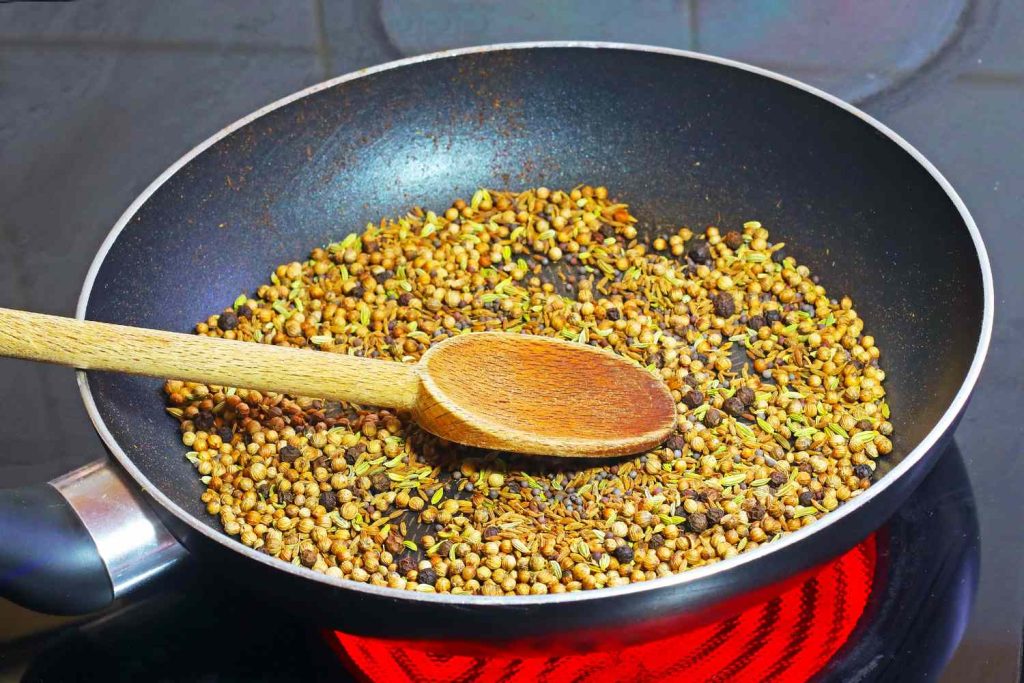
Toasting spices before adding them to your dish can unlock their full flavor potential. This simple step releases their essential oils and boosts their aroma. Heat spices in a dry pan for a minute or two, but watch carefully to avoid burning. Toasted spices can transform the depth of your dish, making it more robust and flavorful.
5. Neglecting Flavor Balance

Focusing only on salt and pepper can leave your dish one-dimensional. Balancing other elements like sweetness, acidity, and bitterness is key to a well-rounded flavor profile. A splash of vinegar, a squeeze of lemon, or a pinch of sugar can elevate your dish. Think about the overall harmony of flavors and adjust accordingly.
6. Skipping Layered Seasoning
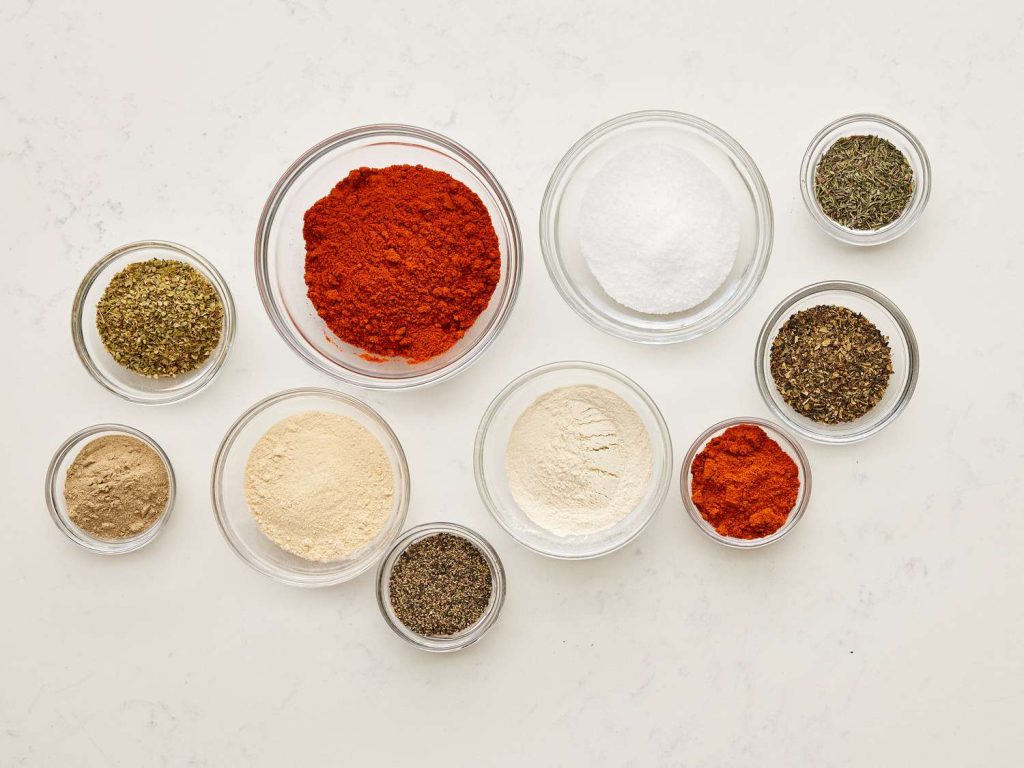
Dumping all your seasonings in at once often leads to unevenly flavored food. Season in layers as you cook, adding a little at each stage. This technique ensures that each ingredient is properly seasoned, resulting in a balanced dish. Taste and adjust throughout the cooking process for the best results.
7. Ignoring Fresh Herbs
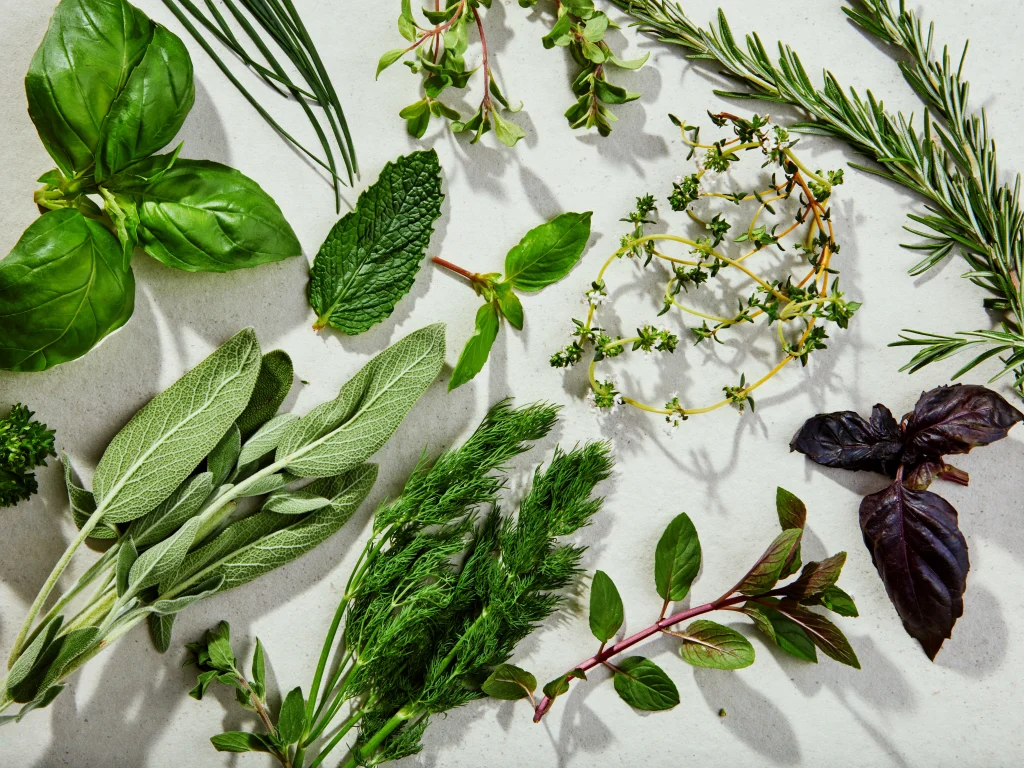
Fresh herbs like parsley, cilantro, and basil bring a vibrant, aromatic touch to dishes. Adding them too early can dull their flavors, as the heat destroys their delicate compounds. Save fresh herbs for the end of cooking or use them as a garnish. This ensures their flavors remain bright and fresh.
8. Relying on Pre-Ground Pepper
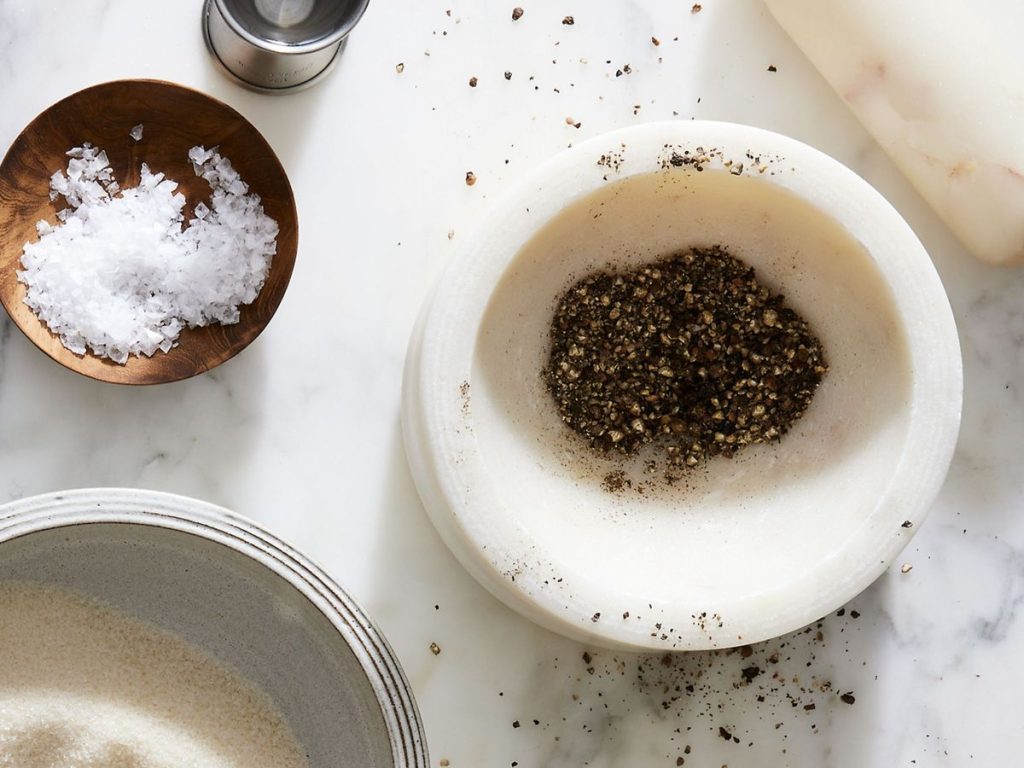
Pre-ground pepper lacks the boldness and complexity of freshly cracked peppercorns. Over time, pre-ground pepper loses its essential oils and becomes flat. Invest in a good pepper grinder and use it for freshly ground pepper whenever possible. The difference in flavor is worth the extra effort.
9. Underestimating Salt Content in Ingredients
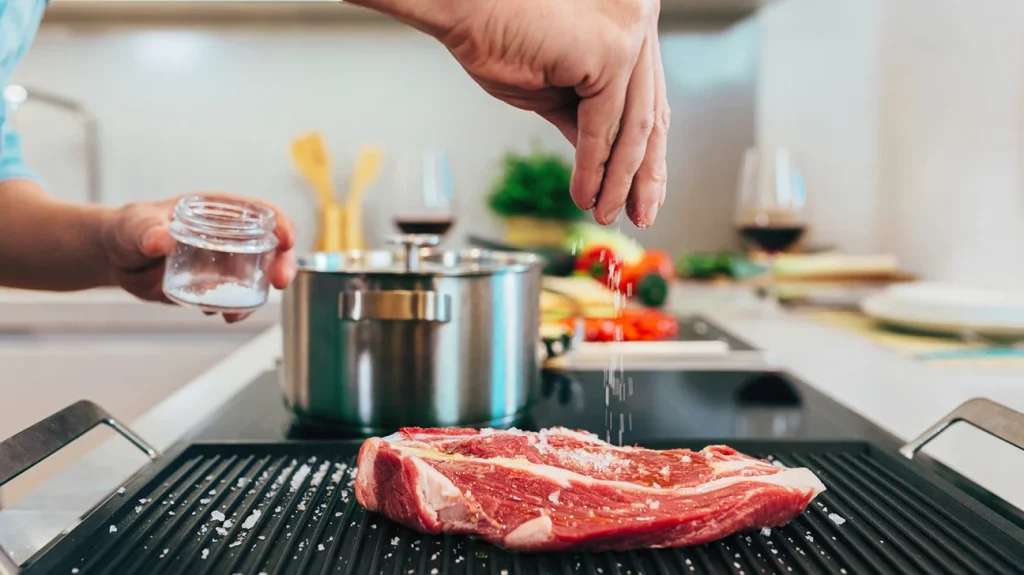
Many ingredients like soy sauce, cheese, and canned vegetables already contain salt. Adding more salt without accounting for this can lead to an overly salty dish. Always taste your food as you go and adjust the seasoning accordingly. Being mindful of salt content ensures a balanced and flavorful dish.
10. Adding Too Much Heat

Spicy foods can be exciting, but too much heat can overpower other flavors and make your dish unpleasant. Start with a small amount of chili powder, hot sauce, or fresh chilies, and gradually increase to taste. Remember, you can always add more spice, but it’s much harder to tone it down once it’s in. Balance is key to enjoying the heat without sacrificing flavor.
Leave a comment